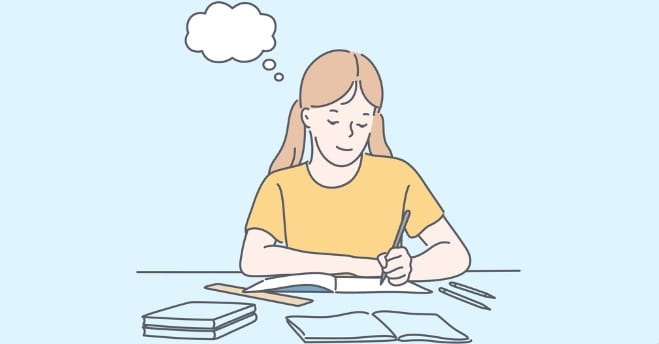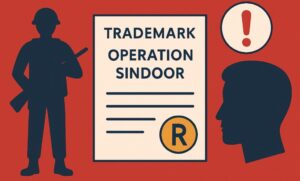Copyright laws are essential for safeguarding the creative efforts of individuals, particularly in the field of literary works. In India, these laws are governed by the Copyright Act of 1957, providing a solid foundation for authors, poets, playwrights, and other literary creators to protect their intellectual property rights. Let’s delve into the insights of Copyright for literary works in India.
Table of Contents
ToggleWhat is Literary Work?
Before diving into legal intricacies, it’s crucial to grasp what constitutes a literary work. In copyright law, a literary work encompasses a wide array of creative expressions, including novels, poems, plays, textbooks, essays, and even computer programs. Essentially, any original work expressed through writing or printing falls under this category.
Provisions for Protection
In India, the Copyright Act of 1957 offers extensive protection to literary works through various provisions.
- Section 2(o) of the Act defines “literary work” broadly, covering everything from traditional literature to modern expressions like computer programs and databases.
- Section 13 outlines the duration of copyright protection, spanning the author’s lifetime plus an additional 60 years. This ensures creators enjoy exclusive rights over their works for a substantial period.
- Additionally, Section 14 delineates the rights of copyright owners, such as reproduction and adaptation.
Eligibility of Protection
To be eligible for copyright protection, a literary work must meet certain criteria. Firstly, it must be original, meaning it must originate from the author and not be copied from another source and it must be written down somewhere, which means that it must be attached to a tangible medium. Additionally, the work must exhibit a modicum of creativity and should not be merely a reproduction of facts or information. However, it’s important to note that copyright protection does not extend to ideas, concepts, procedures, methods of operation, or mathematical principles.
Computer Programs as Literary Work
Computer programmes are acknowledged as literary works under copyright law in various jurisdictions, including India. However, it’s important to mention that certain countries have distinct regulations for computer programmes compared to conventional literary works. In certain jurisdictions, computer programmes may be classified under a separate category or may have specific provisions governing their protection. Take the United States as an example. Copyright law recognises computer programmes as literary works, while patent law may also provide protection if they demonstrate unique and innovative technical features. This dual protection mechanism highlights the distinctiveness of computer programmes, which blend aspects of creative expression and practical functionality. Regardless of the different ways it is classified and treated, the ultimate objective remains unchanged: to offer sufficient legal protection to computer programme creators, encouraging innovation and creativity in software development.
Process for Registering Copyright Protection
Authors in India have the option to register their literary works with the Copyright Office for added legal benefits. The registration process, detailed in Section 45 of the Copyright Act, involves submitting an application, paying a fee, and providing a copy of the work to the Copyright Registrar. Registration provides strong evidence of ownership and simplifies legal actions against infringement, although it’s not mandatory for protection.
Duration of Protection
In India, the duration of copyright protection for literary works is outlined in the Copyright Act. As per the Act, literary works are protected for the lifetime of the author plus an additional 60 years. This means that during the author’s lifetime and for 60 years after their death, the literary work is safeguarded from unauthorized reproduction, distribution, or adaptation.
Use and Exceptions
While copyright grants exclusive rights to the creator, there are certain exceptions and limitations to these rights. Fair use provisions allow for the use of copyrighted material for purposes such as criticism, comment, news reporting, teaching, scholarship, or research, without the need for explicit permission from the copyright holder. However, the extent of fair use depends on factors such as the purpose and character of the use, the nature of the copyrighted work, the amount and substantiality of the portion used, and the effect of the use on the potential market for the original work.
Importance of Registration
Although the Copyright Act provides automatic protection to literary works upon their creation, the process of registration is still highly crucial. Registering literary works with the Copyright Office offers authors additional legal benefits, providing concrete proof of ownership and streamlining legal processes in instances of infringement. In addition, registering your literary works can boost their visibility and credibility, making it easier for them to be recognised in the marketplace. This can also help creators monetize their intellectual property.
Conclusion
The Copyright Act of 1957 serves as a vital tool for protecting literary creators in India. While the law automatically guards their works upon creation, registering them provides crucial legal benefits. Registering offers concrete proof of ownership, simplifies legal matters in case of infringement, and boosts visibility in the marketplace. Recognizing the importance of registration and adhering to copyright rules are essential for fostering creativity and innovation.






